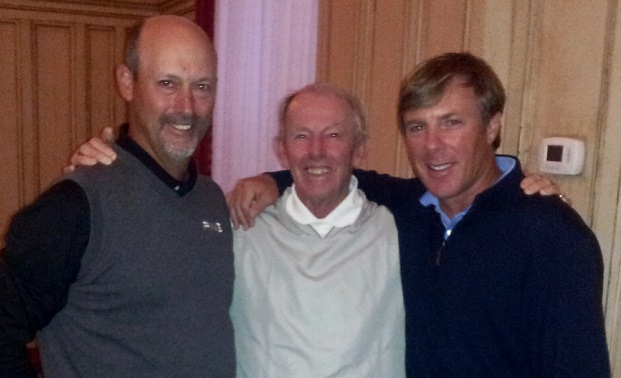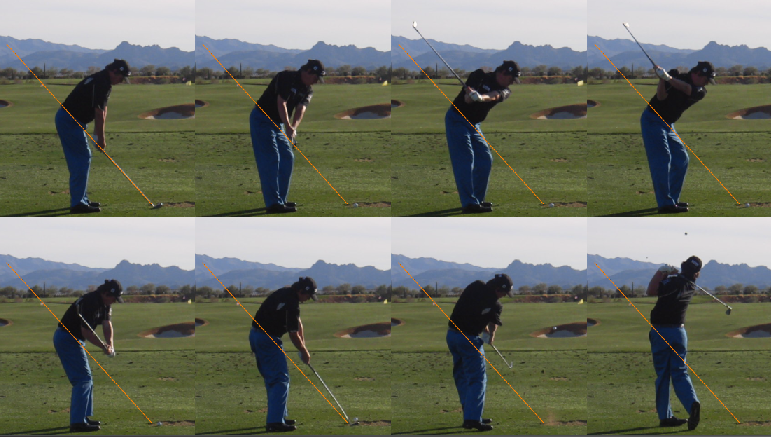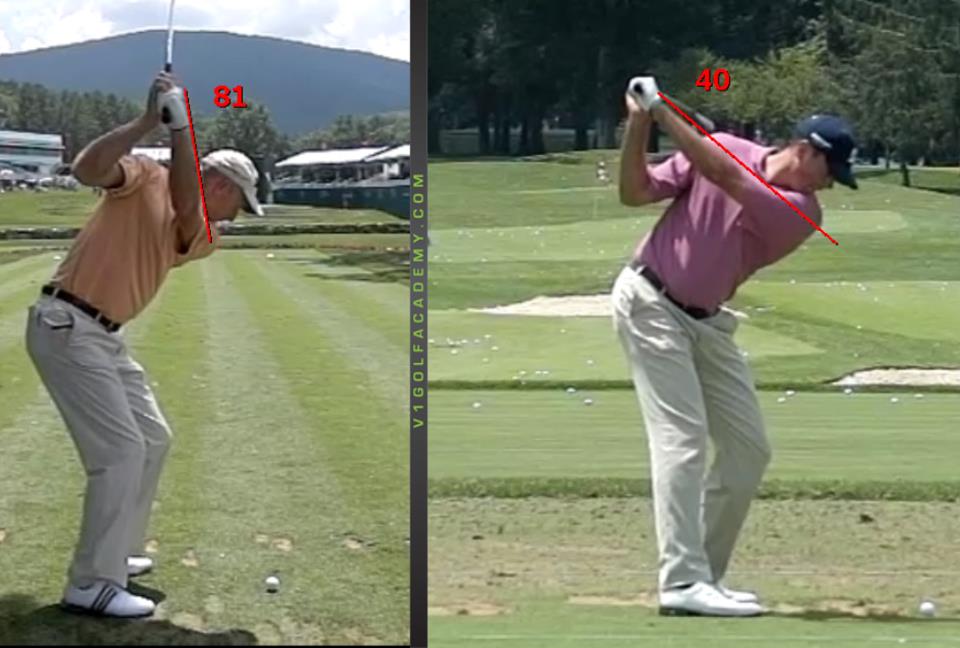My Day with Chuck Cook and Stan Utley
/ I was recently invited to present at the Illinois PGA Teaching and Coaching Summit alongside Stan Utley and Chuck Cook. Besides it being a tremendous privilege for me the day was both educational and entertaining. I thought it would be beneficial to relay a few of the nuggets they shared during the course of the day.
I was recently invited to present at the Illinois PGA Teaching and Coaching Summit alongside Stan Utley and Chuck Cook. Besides it being a tremendous privilege for me the day was both educational and entertaining. I thought it would be beneficial to relay a few of the nuggets they shared during the course of the day.
The theme of Chuck's presentation revolved around what he teaches and why. His themes were:
- a flat or bowed lead wrist
- a straight plane line (similar to the "one-plane" look, but with the elbows staying in front of the chest like Jason Dufner)
- lag is a major power source - use it, don't lose it!
A few important ideas he shared with the group were:
- There has never been a swing method that has lasted
- If the face is shut you need to outrun it with something
- The weight moves where the hips are pointing
- I don't like a lot of hip drive
- Both feet should be flat on the ground at impact with irons
- To make any golfer better, take their weakest element and turn it into a strength
- Let juniors smash the ball with all they've got until they stop growing - then work on technique
Here is a swing by Jason Dufner, one of Chuck premier students - this swing seems to epitomize so much of what Chuck stressed as he spoke about the swing...
As you may well know Stan's teaching focuses primarily on the shortgame and putting. Here are some of the important principles Stan shared in his presentation:
- Putt with dead strength - he described "dead strength" as being similar to dropping your limp arm against your side
- Let the putter drop and crash into the ball - I love saying it that way!
- An important point in both chipping and putting is to put pressure on the ball
- He is an advocate of wristy putting with soft, loose elbows
- Where you strike the ball on the face vertically with the putter is very important
- Finish the putting stroke with the putter low and the right shoulder high
- Have the handle travel more slowly so the clubhead can travel faster
I really enjoyed so much of what Stan had to say as he seemed to be a proponent of so much of what I preach in both the shortgame and putting.
It was great to listen to these exemplary teachers, but the highlight of my day was being able to present my teaching approach to the Illinois PGA membership. Thanks to Nick Papadakes and all the staff at Olympia Fields CC for a very cool experience and I look forward to my next opportunity...











